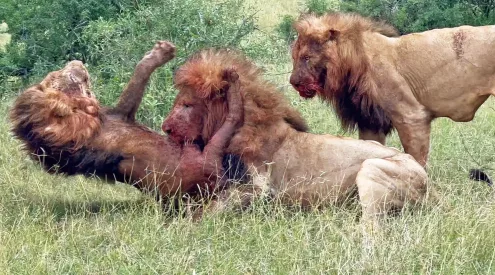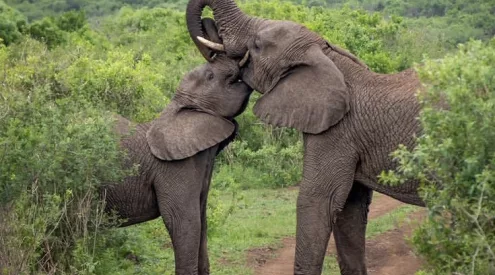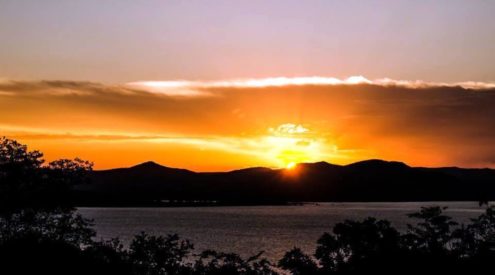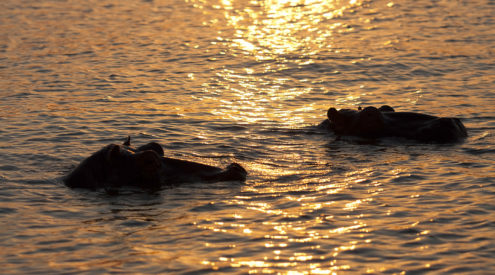There’s much hinterland birding to be done during the South African winter. Along with fireside evenings and muddy rugby days, our countryside is a veritable festival of feathers.
‘Weather for ducks’ is a saying thrown around in some parts of South Africa as a weak excuse to stay indoors. But if you venture out after a bout of rain, birds will be exploring the landscape, in many instances only as a wild, brief dash for sustenance. Duck species, in particular, appear to celebrate inclement weather – dams are sprinkled with floating rafts of busy birds. The yellowbilled duck of the southern half of our country breeds during wet Cape winters, as do red-billed teals of the southwestern Cape and the southern pochard, to name but a few.
The hamerkop also breeds in winter, from July through to summer. It’s hard to miss this strange chocolate-brown, long-legged, hammer-headed bird about the size of a domestic fowl as you wander the inland waterways across South Africa (check out temporary roadside pools too). They forage by wading in or around shallow water, probing with their beaks and sometimes stirring mud with an extended foot. They feed mainly on frogs and tadpoles as well as the odd fish or invertebrate and an occasional small, luckless mammal.
Along with their head profile, they boast a striking nest. It’s an architectural marvel of sticks, reeds, weeds, debris and even manmade artefacts set in a treefork, on a big rock in a river or on a high cliff ledge. Sometimes the nest is built co-operatively by four or more birds (this can take up to six months) and can measure two metres in diameter with a metre-thick ceiling. The internal chamber is roughly plastered with mud and is linked to the outside by a long tunnel. The final, eclectic construction can weigh up to 50 kilograms and is a weatherproof masterpiece.
South Africa’s most common weaver species, the southern masked weaver, also begins to breed in July. Rounded nests of bright green bounce under the weight of fanning wings as rasping sounds fill the air in a cacophony of sex.
Find an intrepid birder-friend and discover South Africa anew this winter. Some parts will be dry, as that is the way of our country’s diverse ecosystems, complex landscapes and differing weather patterns, and other parts will be green and wet. But you can be sure a chilly change of season will do little to prevent the majestic fecundity of the natural world. Go out there and celebrate a winter of birds.
Save our water resources
BirdLife South Africa is committed to delivering a message of water conservation – it’s singularly our most precious natural resource. Protecting Southern Africa’s wild birds and their habitats will indirectly conserve sensitive water-catchment areas in grassland and mountain regions and by observing wild birds living near dams, lakes and rivers scientists will be able to monitor water quality. The message is clear: save our environment by saving water through saving wild birds. www.birdlife.org.za
Photo by Evan Haussmann

















